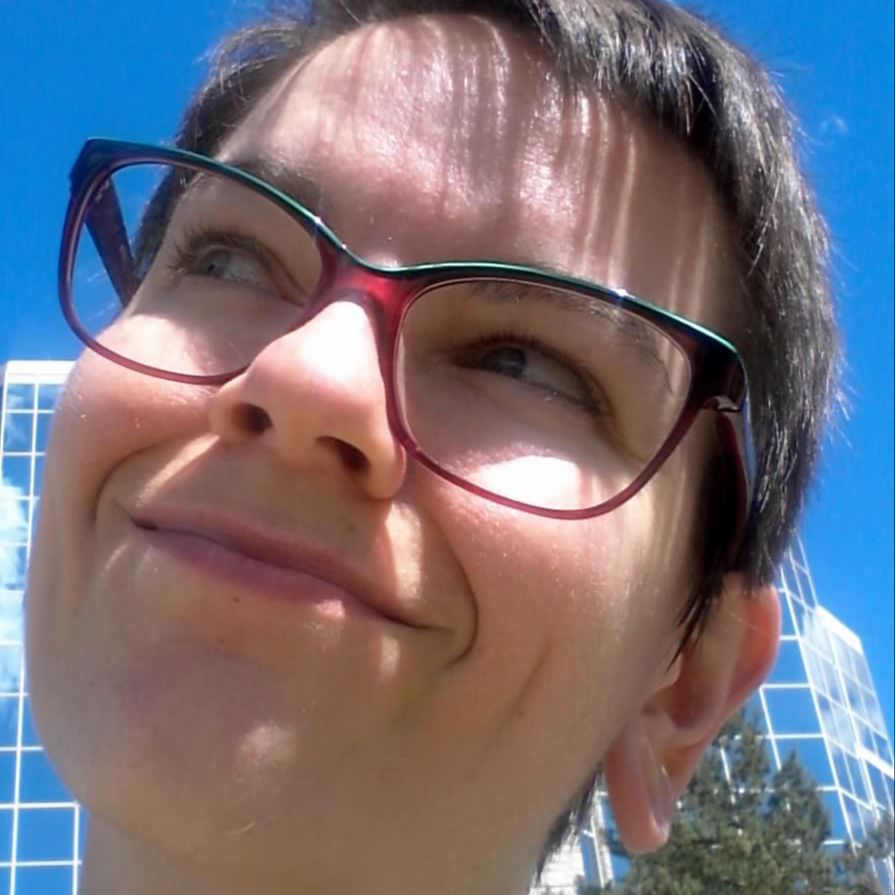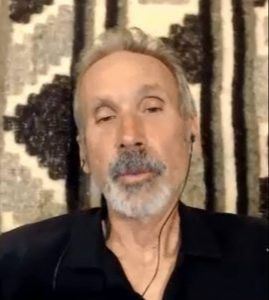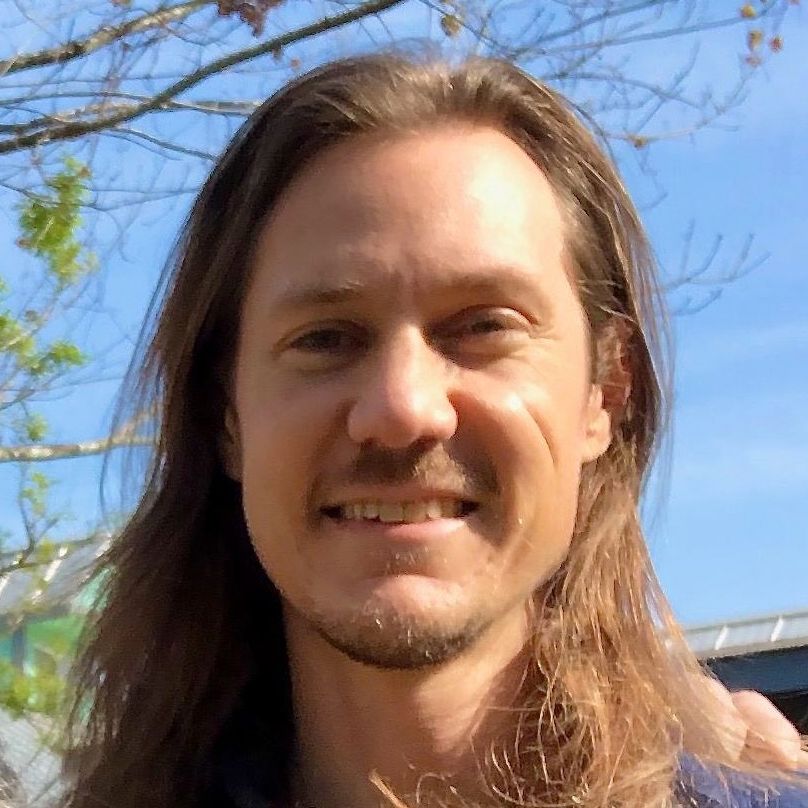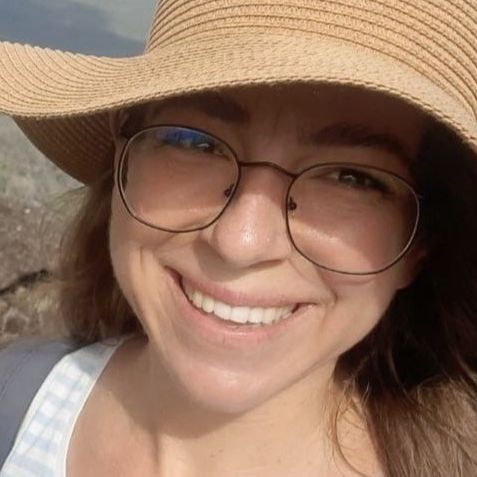Your Shadow
 Written by Philip Watson
Written by Philip Watson
A simple definition of shadow is that it is “the me that I can’t see.” We all have parts of ourselves that we’re not yet willing to own or acknowledge as part of our identity.
The term shadow can sound quite ominous and is often used in a negative or pejorative sense, but it really is just that: the parts of us that we haven’t yet embraced.
We all cast shadows
So I think a Relateful approach to shadow starts with acknowledging that having shadow is inherent to being human. I’ve never met anyone without shadow, and if I ever did meet someone who told me that they’d integrated all their shadow, or that they have no shadow at all, I would run as fast as I could in the opposite direction. Just like we all cast a physical shadow when we’re in the sun, we all have aspects of our psyche that are yet to be embraced, and that’s totally fine.
That being said, it can be immensely valuable and liberating to engage with and illuminate our shadow. It can be a way to live out the “Hero’s Journey” in the midst of our daily lives, a worthwhile and fulfilling endeavor.
Our shadow aspects are often sabotaging us in all kinds of ways. They tend to lead to the downfall of powerful figures of all stripes, from politicians and celebrities to spiritual teachers. Often they’re sapping our vitality because that life energy is being used to keep them repressed or hidden. Other times our shadow can be what keeps us from getting what we want or from feeling as free and powerful as we know we can be.
How Relateful practices help us illuminate the unseen
Shadow work is essentially built-in to any good Relateful practice. When we practice being present together and we share what’s coming up for us as we’re with each other, we very quickly realize that there are all kinds of ways in which we’re impacting each other and some of them are not very comfortable.
This is where we have the opportunity to look at any challenging interaction as an invitation to our liberation through doing shadow work.
In practice, this means that any time we are activated (“triggered”) by another person or group, we can look at how we are relating to the thing that’s activating us. This is one reason why facilitators don’t automatically stop people from triggering each other—in the right context, these places of friction and discomfort show us where our greatest treasure lies buried! Of course there’s a limit; facilitators maintain a level of presence that allows us to work with the triggers as objects, rather than be overcome by them.
Projection makes perception: An obnoxious person as an example
For example, if I’m in a Relatefulness session and I notice that I find someone extremely obnoxious because they seem to be taking up all the attention and they won’t stop talking, I can see this as an invitation to look at how I relate to my own obnoxiousness, how I relate to asking for attention or taking up space, etc.
This doesn’t mean that those qualities don’t exist in the other person, and it might be valuable feedback for them if I share my perspective, but the fact that I am being activated by them very likely means that I could own or embrace those qualities more in myself. It also might mean that some of my life energy is currently being used to repress or hide that aspect of my being, acting as a kind of “battery drain” in my system, so to speak.
Golden shadows and other complexities
It’s worth noting that this applies as much to positive traits as it does to so-called negative ones. If for example, I find myself strongly drawn to someone in a session because they seem to have a lot of strength or leadership qualities, it could be worth looking at how willing I am to own those same qualities in myself.
Of course, these shadow dynamics can be quite complex and subtle. Often it isn’t as simple or cut-and-dry as: “I am judging you as being too jealous, therefore, I need to own my jealousy more.” There’s almost certainly some truth to that, but sometimes shadow can show up in ways that need to be teased apart more skillfully, with a lot of space and patience.
For example, you might find yourself in a relatefulness session feeling completely blank in a disconcerting sort of way, or feeling utterly disengaged with what’s going on. These can often be signs that there is something happening in you that is wanting to be known, felt or seen, but it can be hard to know in advance what the thing itself might be. In these kinds of situations, I find that the magic of relational presence can truly shine. By simply staying with what’s here without needing to get anywhere, solve anything or integrate anything at all, we often give the space necessary for what is wanting to be known to show itself, or at least to begin to do so.
The mystical, transrational, and collective in relateful shadow work
In its deepest and most powerful forms, Relateful shadow work can become quite mystical and trans-rational (including but going beyond the rational mind and meaning-making). This tends to happen more in-person, but can also take place in online sessions.
These are occasions in which we find ourselves taking on the energy of certain archetypes, animal spirits, universal energies, etc. These are the times when we suddenly might find ourselves in a wrestling match or taking part in a spontaneous ritual of some sort. These can be similar to what occurs in constellation work and even to shamanic ceremonies (without the use of plant medicines, in this case).
All that to say that practicing relational presence can be incredibly profound. It can even enter the realm of what is sometimes referred to as collective shadow work: the working out of deeply rooted patterns between cultural groups, liberation from multi-generational family wounding, etc. Powerful stuff indeed.
Advanced practitioners say that every single session is working with collective shadow along with individual shadow. These patterns are often difficult to discern because most groups don’t have a lot of collective self-awareness. Like a tree buried in sand, it sure looks like the individual branches have no connection, but under the surface we know they come from the same root. This is an area of continual research and innovation, and sometimes the clarity of what’s being worked with comes days after a session ends.
We’re all walking each other home
Bringing it back to the simplicity of practicing presence-in-connection or Relatefulness: as mentioned at the start of this piece, we can look at any relationship as an invitation to embrace and to love more of who we are not yet willing to be.
In this way we can look at every single person, and especially at those people we find most challenging, as our teachers. And seeing this, we can go through life knowing that we are, as the great Ram Dass once put it, simply walking each other home.

Find out more about the author:
Philip Watson
Operations & Customer Support, Lead Facilitator at The Relateful Company

















